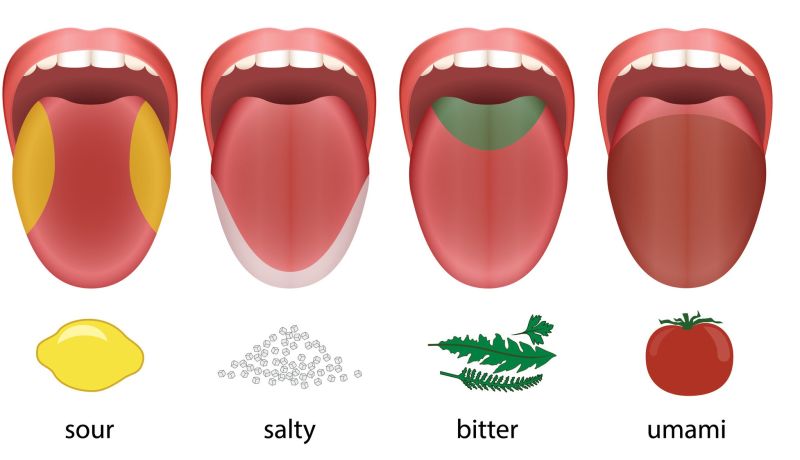
Umami is naturally found in various foods, including:
Meat: Especially in red meat, pork, and poultry.
Seafood: Fish, shellfish, and seaweed are rich in umami.
Dairy: Parmesan cheese, aged cheddar, and other aged cheeses have high umami content.
Vegetables: Tomatoes, mushrooms, and certain vegetables like asparagus and spinach contribute to umami.
Fermented Foods: Soy sauce, miso, and fermented products contain umami compounds.
If you want to enhance umami flavors in your cooking, you can try the following techniques:
Use Umami-Rich Ingredients: Incorporate ingredients high in umami, such as tomatoes, mushrooms, soy sauce, fish sauce, and Parmesan cheese.
Aging and Fermentation: Aging and fermentation processes can intensify umami flavors. Consider using aged cheeses, fermented soy products like miso, or aged meats.
Broths and Stocks: Homemade broths and stocks, especially those made with bones, can add depth and richness to dishes.
Roasting and Grilling: Cooking methods like roasting and grilling can enhance umami flavors by caramelizing proteins and bringing out savory notes.
Seaweed and Kelp: Adding seaweed or kelp to dishes, such as broths or stews, can contribute to the taste of umami.
MSG (Monosodium Glutamate): While controversial to some, MSG is a sodium salt of glutamic acid and is used as a flavor enhancer. It’s found in some foods naturally and is also available as a seasoning.
Remember that balance is key in cooking, and umami should complement the overall taste of a dish. Experimenting with different umami-rich ingredients and cooking techniques can help you discover new and exciting flavors in your homemade meals.
Chef Abdul © Copyright 2024. All rights reserved.
Umami is considered one of the five basic tastes alongside sweet, salty, sour, and bitter. “umami” is Japanese and translates to “pleasant savory taste.” It is often described as a rich, savory, or meaty flavor. The taste is attributed to glutamate, an amino acid, and certain nucleotides like inosinate and guanylate.